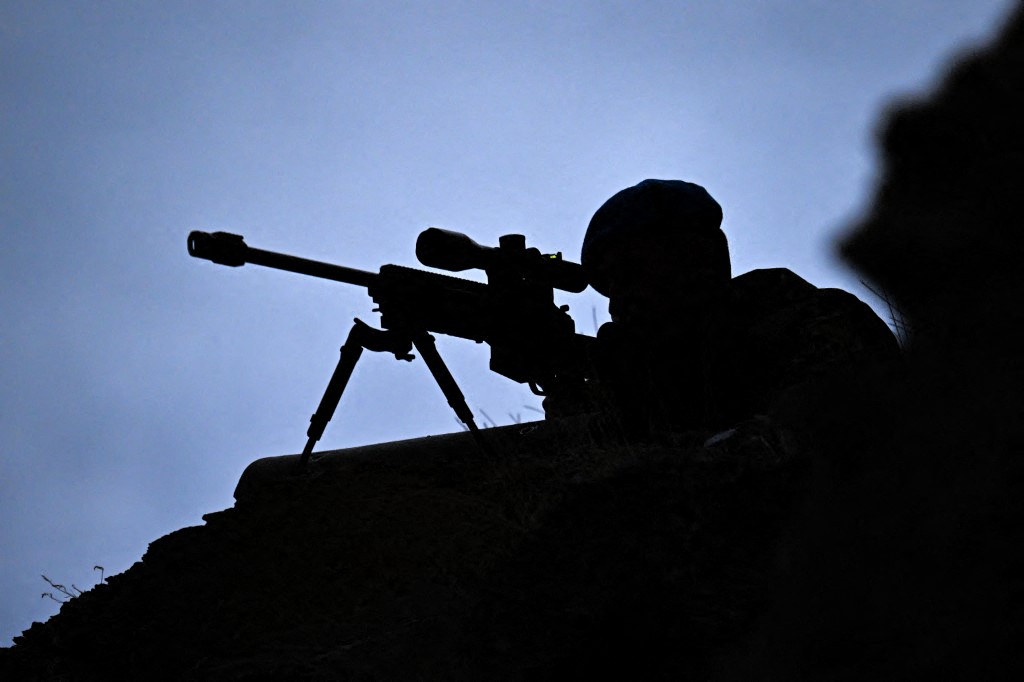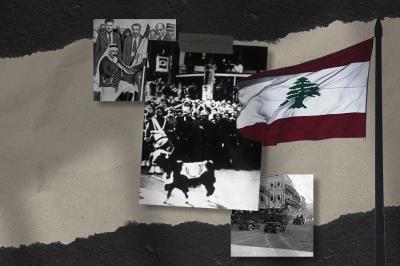Among all the sounds of war, there is one that cannot be heard—yet changes everything. A single bullet, fired from an unseen place, brings down an enemy and vanishes without noise or trace. Since the birth of the first sniper until today, this mysterious weapon has lurked on the margins of battlefields, silently shaping outcomes.
The concept of sniping emerged from a basic military need—to outsmart the enemy. In ancient times, it began with bows and arrows, later replaced by early rifles that demanded the shooter be more than just a soldier. The modern military sniper began to take shape around 1807 during the Napoleonic Wars, and was further refined in the American Civil War in 1861, where "sharpshooters" were used in an organized fashion.
With the dawn of the 20th century, warfare changed. World War I marked the first battlefield where exposed heads above the trenches became prized targets—and thus, the sniper was born. An invisible soldier, hiding in the shadows, waiting hours or even days for a single shot that could tip the balance of war.
The sniper was more than a combatant with a rifle; he was a psychological weapon. The true fear was not the sound of the bullet, but its deadly silence. For an enemy to fall suddenly without knowing who fired or from where—that is another kind of art, one that plants fear before it sows death.
But the true golden age of snipers was in the alleys of World War II, particularly the ruined streets of Stalingrad. There, Soviet snipers hid among the rubble, and the legend of Vasily Zaitsev was born. He later became a cinematic icon after killing more than 200 German officers and soldiers, turning sniping into a message of resistance written in bullets.
In response, the Germans rushed to improve their weapons and tactics, soon followed by the British and Americans. With the rise of technology, sniping evolved beyond mere marksmanship—it became a complex science guided by a cold mind that decides who lives and who dies. No longer just a finger on a trigger, the sniper became a human shadow, living in the silence of war, recording his thoughts with each shot under pressure and anticipation.
Despite the rise of drones, smart missiles, advanced systems, and sophisticated technology, snipers remain among the most controversial tools of combat. They are not random killers, but calculated instruments of death—striking fear before firing, and in the era of modern warfare, creating not noise, but a chilling silence after the shot.
Please post your comments on:
[email protected]
 Politics
Politics







